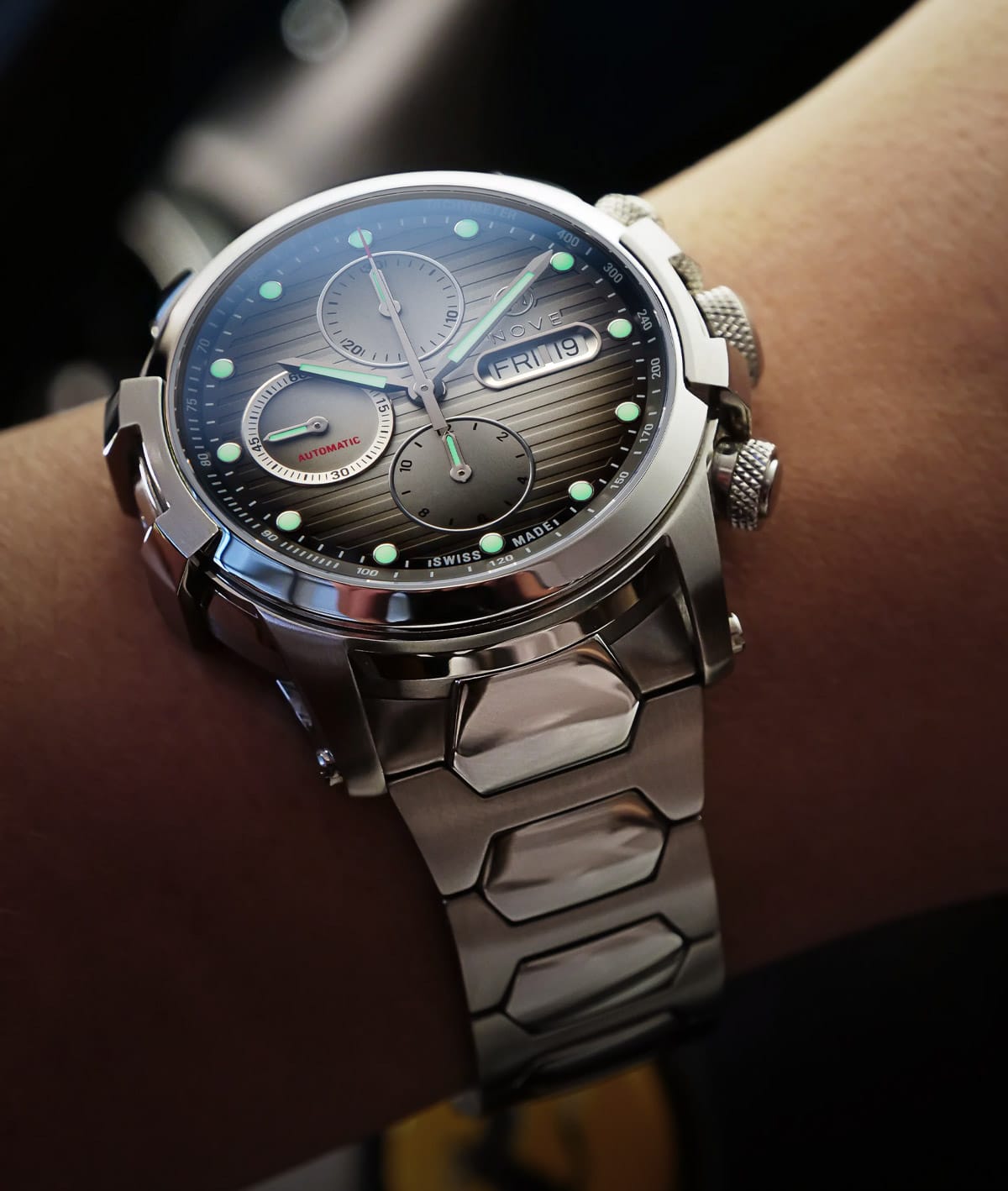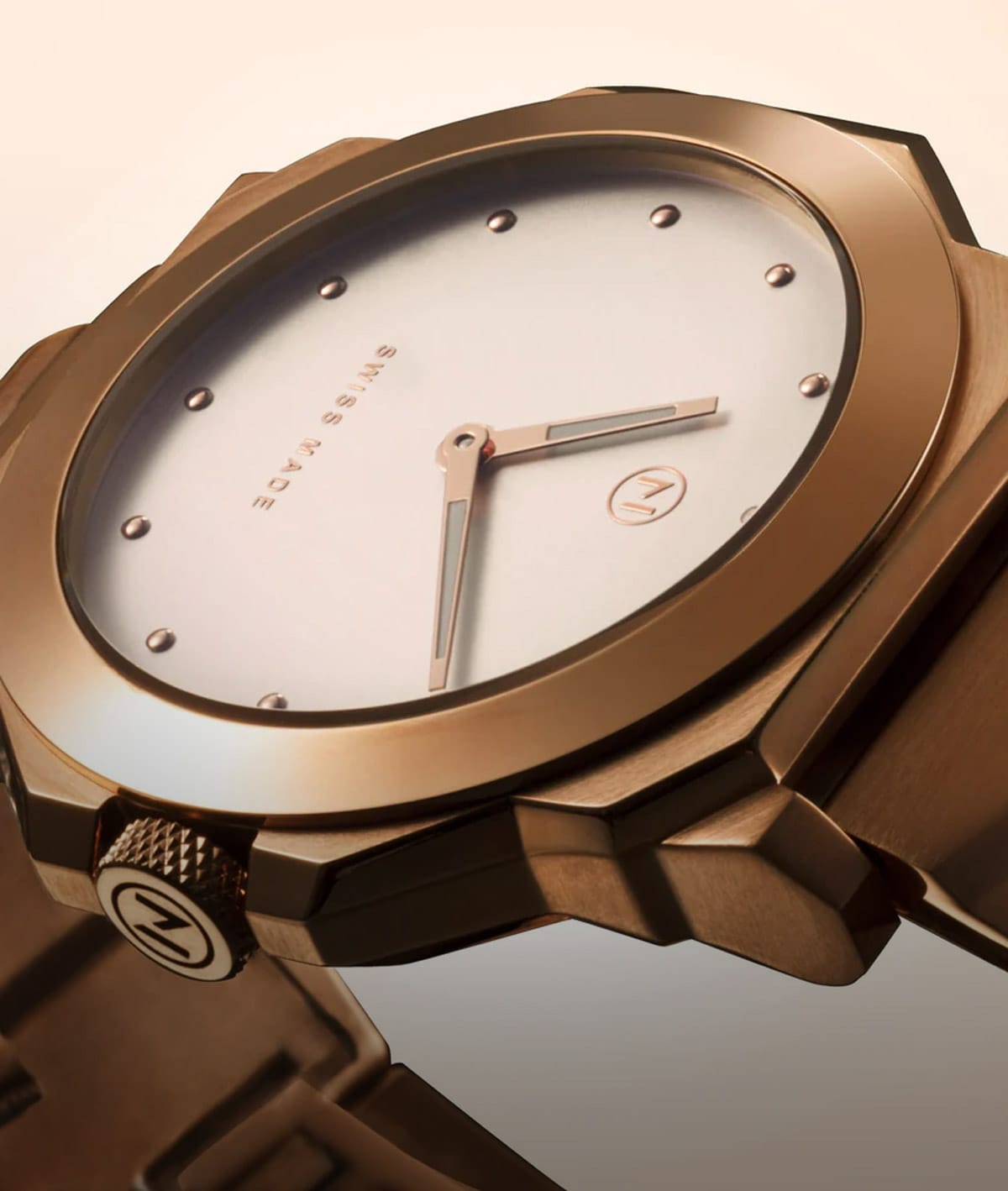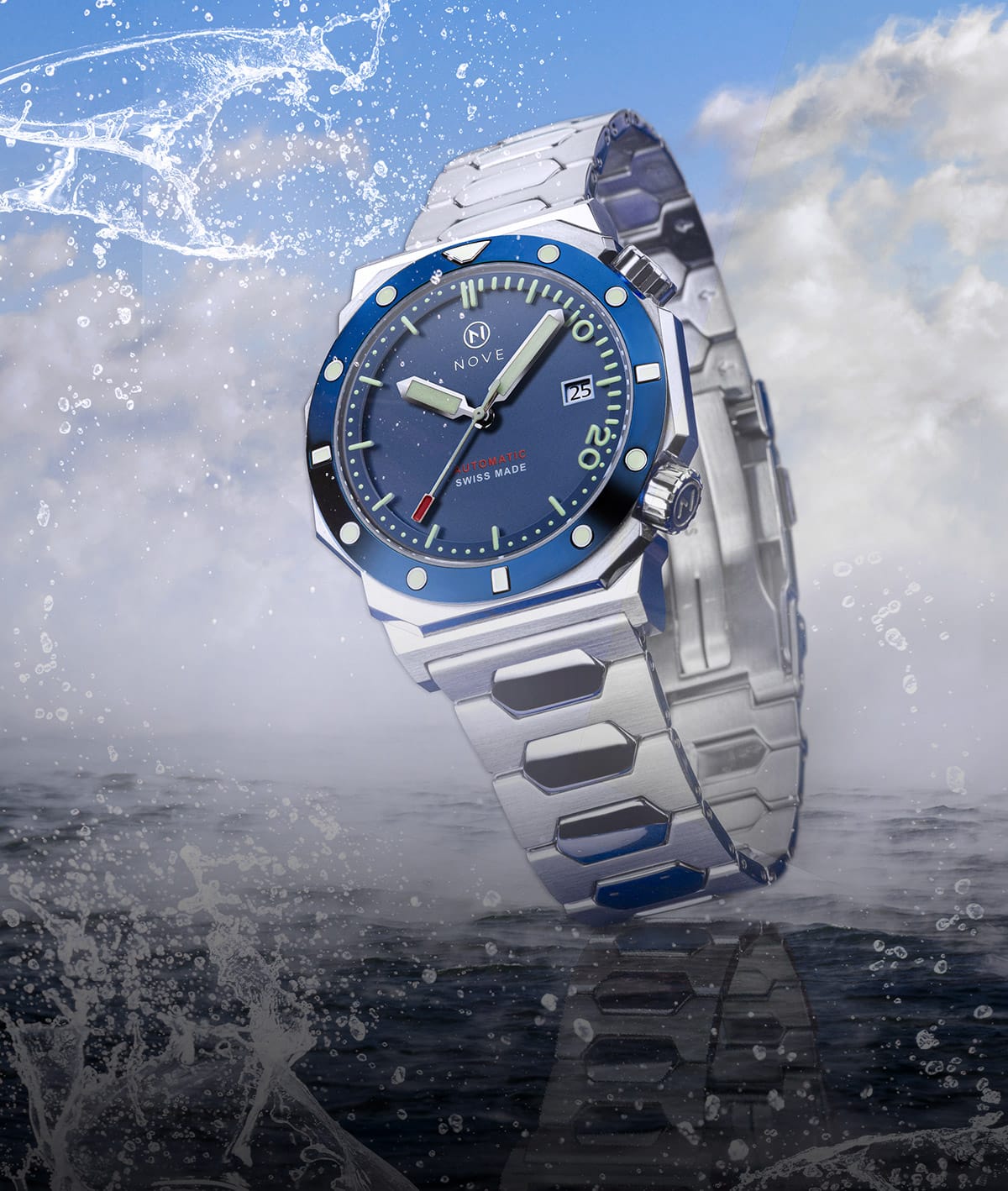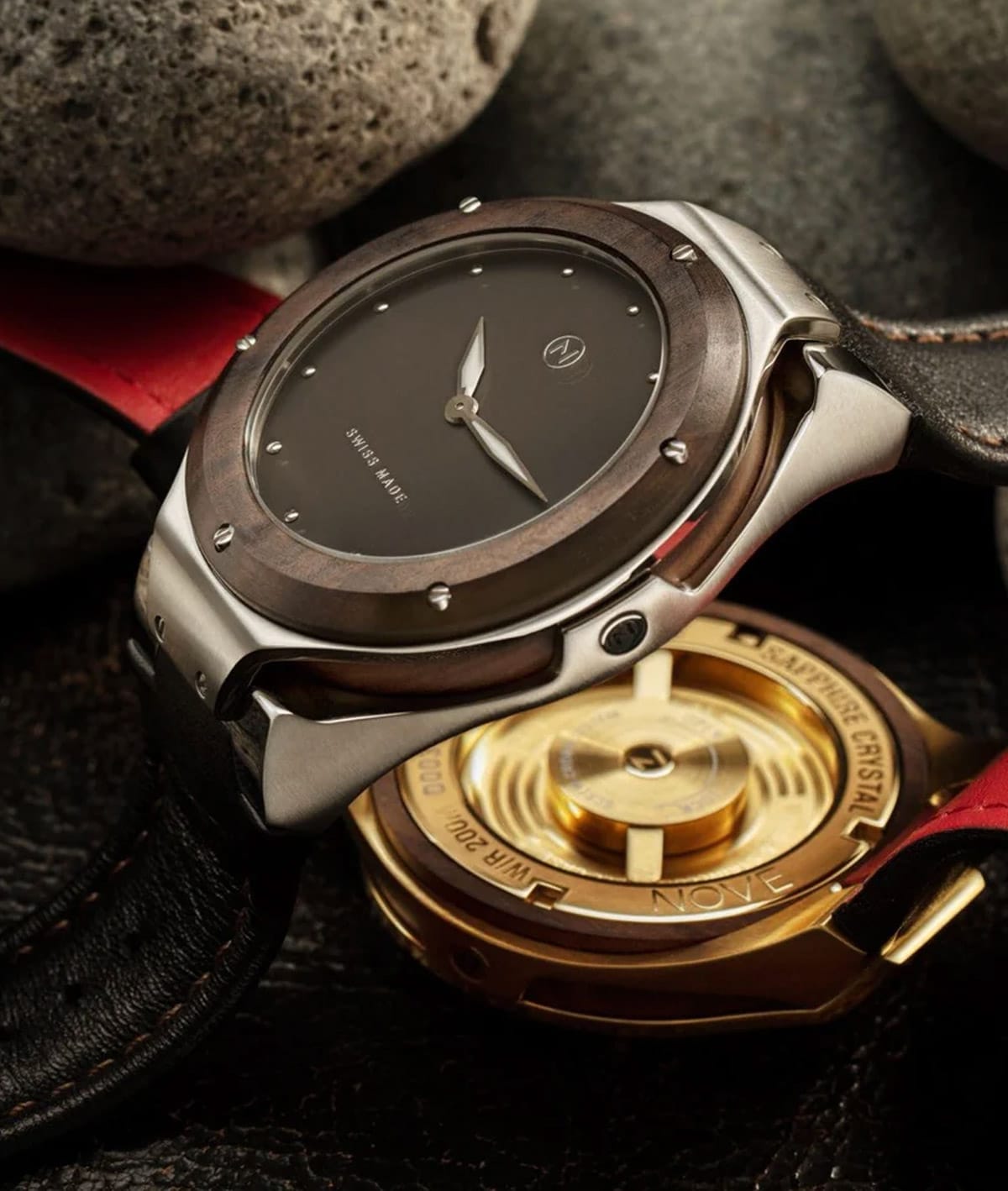Understanding Swiss Movement: What Makes It Tick?
In the world of luxury timepieces, "Swiss movement" is a term that stands out, often synonymous with precision and quality. But what exactly does it mean, and why is it considered the gold standard in watchmaking? Let’s delve into the intricacies of Swiss movement and discover what makes it tick.
The Heart of the Watch
At its core, a watch movement—also known as a "caliber"—is the mechanism that powers a watch, driving its functions and keeping time. Swiss movement refers to these mechanisms that are either made or assembled in Switzerland, adhering to strict standards that ensure their superior quality.
A Legacy of Craftsmanship
Swiss watchmaking has a rich heritage dating back to the 16th century. Over the centuries, Swiss watchmakers have perfected the art of crafting precise and reliable movements. This long-standing tradition of excellence is a key reason why Swiss movements are highly valued in the horological world.
The Components of Swiss Movement
A typical Swiss movement consists of several key components:
The Mainspring: This is the power source of the watch, storing energy that is released to power the movement.
The Gear Train: A series of gears that transmit energy from the mainspring to the escapement.
The Escapement: This regulates the release of energy, allowing the gears to move at a consistent rate.
The Balance Wheel: Often considered the heart of the movement, it oscillates back and forth, ensuring the watch keeps accurate time.
Mechanical vs. Quartz
Swiss movements can be either mechanical or quartz. Mechanical movements are prized for their craftsmanship and require manual winding or self-winding through a rotor. Quartz movements, introduced in the 1970s, are powered by a battery and a quartz crystal, offering unparalleled accuracy with less maintenance.
The Swiss Standard
For a movement to be labeled as Swiss, it must meet specific criteria set by Swiss law. This includes being assembled in Switzerland, tested in Switzerland, and having at least 60% of its production costs incurred in the country. These rigorous standards ensure that Swiss movements maintain their reputation for excellence.
Why Swiss Movement Matters
Choosing a watch with a Swiss movement means opting for reliability, precision, and a piece of history. Whether in a luxury Swiss watch or an entry-level model, the movement is a testament to the craftsmanship and innovation that Swiss watchmakers bring to the table.
Understanding the intricacies of Swiss movement opens up a deeper appreciation for what makes these watches tick. Beyond the elegance and prestige, Swiss movements represent a commitment to quality and tradition that has stood the test of time. Whether you're a seasoned collector or a newcomer to the world of watches, exploring Swiss movements is a journey into the heart of horological excellence.
In the world of luxury timepieces, "Swiss movement" is a term that stands out, often synonymous with precision and quality. But what exactly does it mean, and why is it considered the gold standard in watchmaking? Let’s delve into the intricacies of Swiss movement and discover what makes it tick.
The Heart of the Watch
At its core, a watch movement—also known as a "caliber"—is the mechanism that powers a watch, driving its functions and keeping time. Swiss movement refers to these mechanisms that are either made or assembled in Switzerland, adhering to strict standards that ensure their superior quality.
A Legacy of Craftsmanship
Swiss watchmaking has a rich heritage dating back to the 16th century. Over the centuries, Swiss watchmakers have perfected the art of crafting precise and reliable movements. This long-standing tradition of excellence is a key reason why Swiss movements are highly valued in the horological world.
The Components of Swiss Movement
A typical Swiss movement consists of several key components:
The Mainspring: This is the power source of the watch, storing energy that is released to power the movement.
The Gear Train: A series of gears that transmit energy from the mainspring to the escapement.
The Escapement: This regulates the release of energy, allowing the gears to move at a consistent rate.
The Balance Wheel: Often considered the heart of the movement, it oscillates back and forth, ensuring the watch keeps accurate time.
Mechanical vs. Quartz
Swiss movements can be either mechanical or quartz. Mechanical movements are prized for their craftsmanship and require manual winding or self-winding through a rotor. Quartz movements, introduced in the 1970s, are powered by a battery and a quartz crystal, offering unparalleled accuracy with less maintenance.
The Swiss Standard
For a movement to be labeled as Swiss, it must meet specific criteria set by Swiss law. This includes being assembled in Switzerland, tested in Switzerland, and having at least 60% of its production costs incurred in the country. These rigorous standards ensure that Swiss movements maintain their reputation for excellence.
Why Swiss Movement Matters
Choosing a watch with a Swiss movement means opting for reliability, precision, and a piece of history. Whether in a luxury Swiss watch or an entry-level model, the movement is a testament to the craftsmanship and innovation that Swiss watchmakers bring to the table.
Understanding the intricacies of Swiss movement opens up a deeper appreciation for what makes these watches tick. Beyond the elegance and prestige, Swiss movements represent a commitment to quality and tradition that has stood the test of time. Whether you're a seasoned collector or a newcomer to the world of watches, exploring Swiss movements is a journey into the heart of horological excellence.







